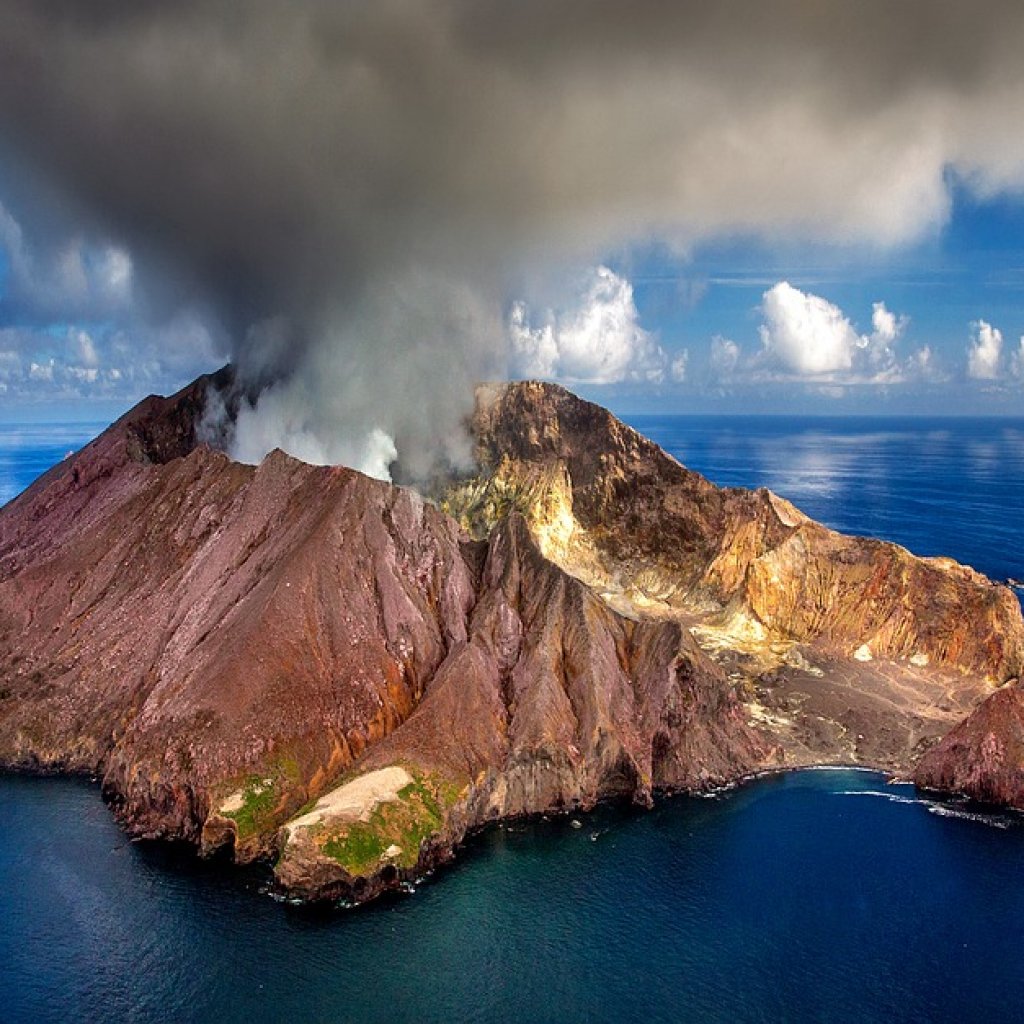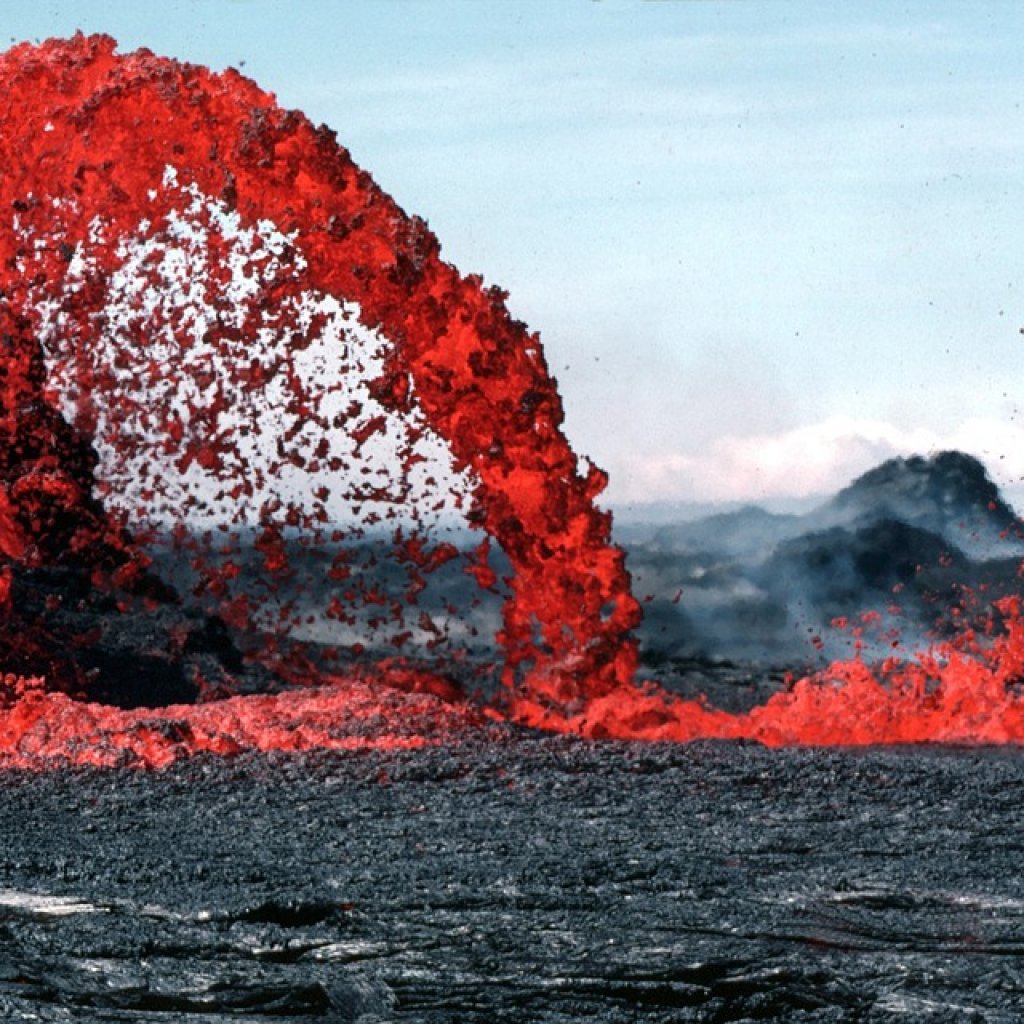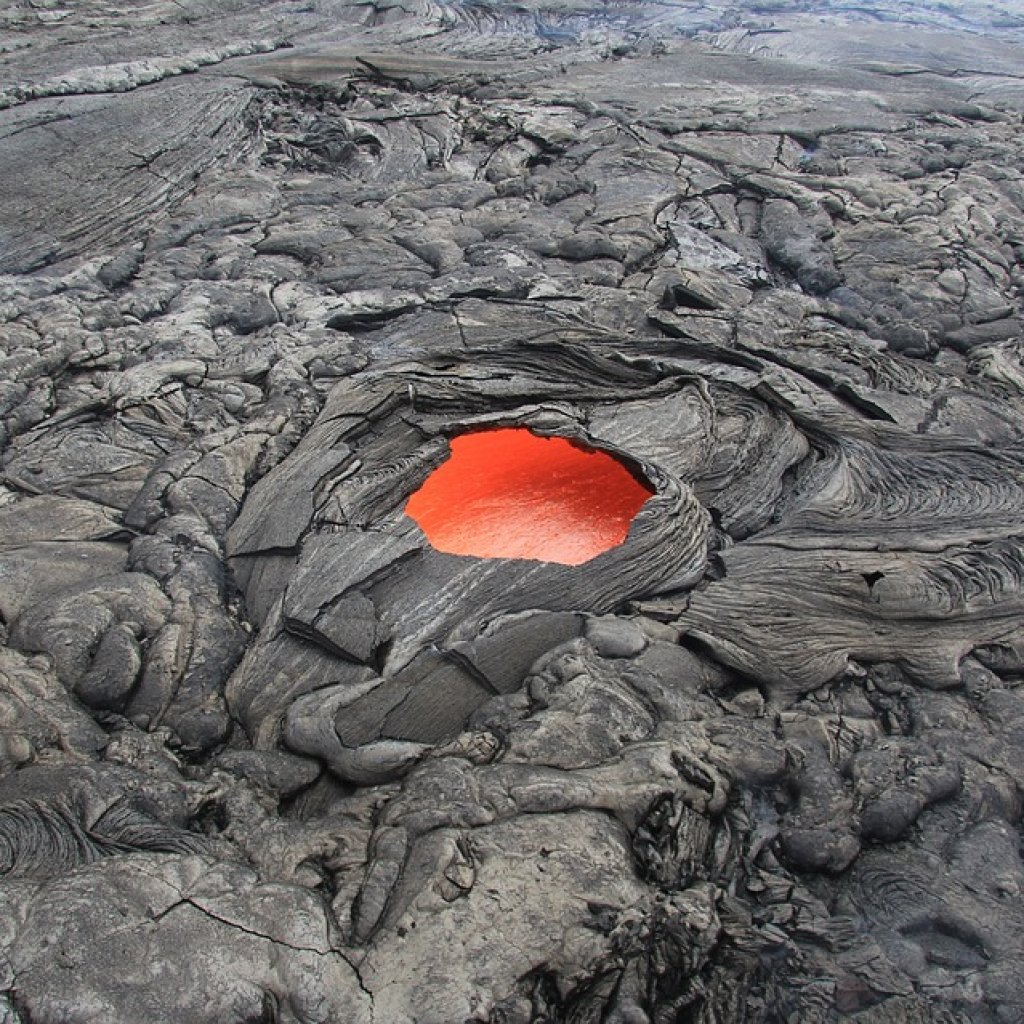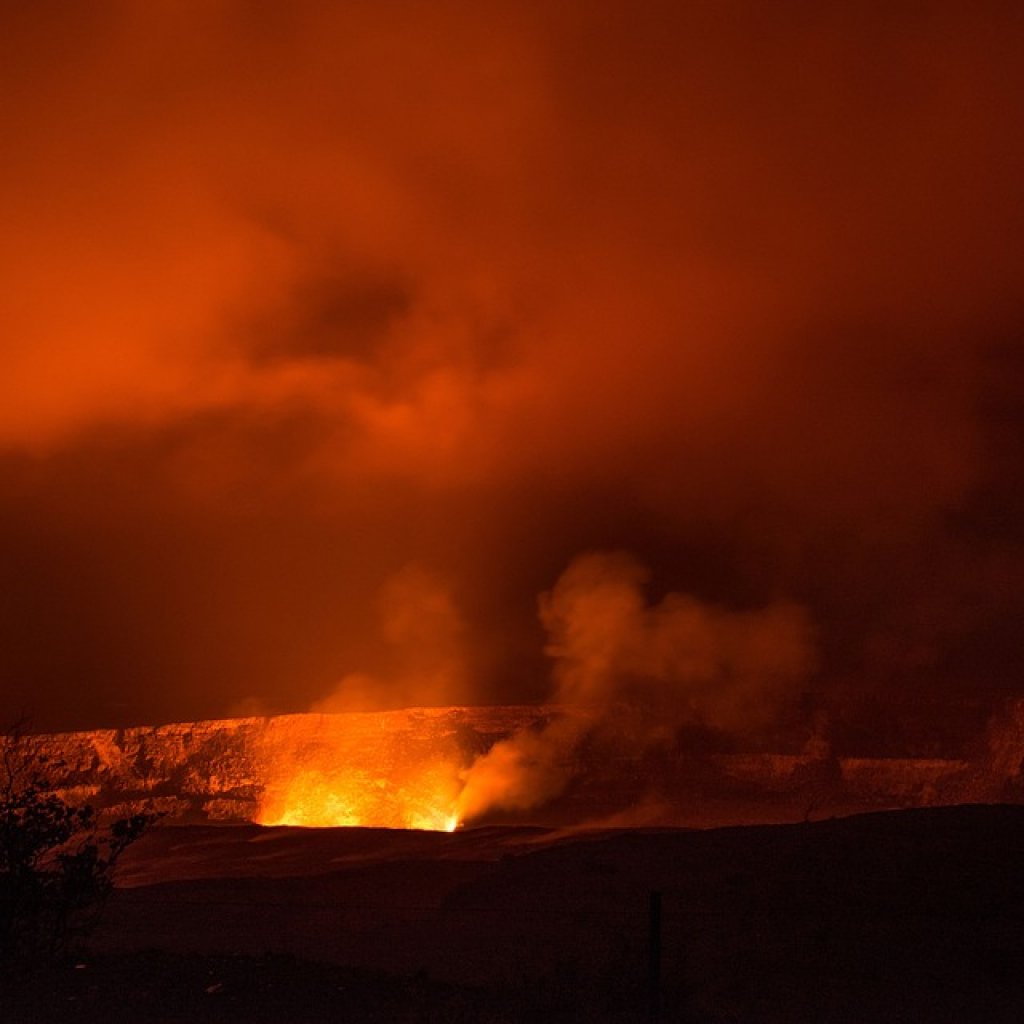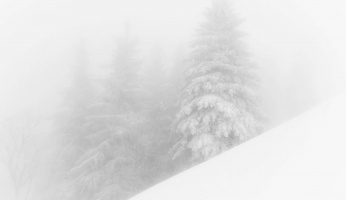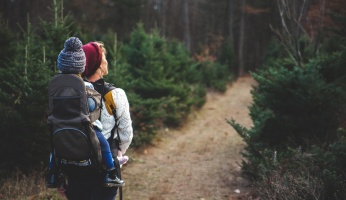Survival Skills: What to do in the Event of a Lahar
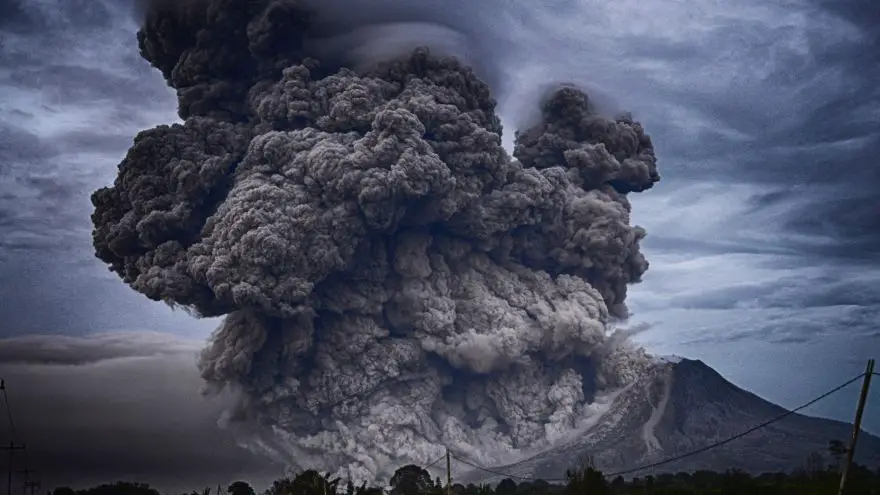 Survival Skills: What to do in the Event of a Lahar
thegearhunt.com
Survival Skills: What to do in the Event of a Lahar
thegearhunt.com
We have all seen the news stories and heard the first-hand accounts of the recent volcanic eruptions and many of us know a bit about volcanoes and why they erupt. However, many people don’t realize the aftermaths of the volcanic eruptions can be just as serious and just as deadly as the initial eruption was. One of the biggest volcanic hazards are known as simply lahars and these can be devastating and deadly on their own. Lahar is actually an Indonesian word that means mudflow and that is pretty much exactly what one is. Lahars form quickly, usually within 30 minutes of it raining or snowing onto fallen ash, after a volcanic eruption. Lahars can be dangerous and deadly, so it’s important to know not only what to do in the event of a Lahar, but in the event of a volcanic eruption as well.
We all know that volcanoes can erupt at any moment, even ones that were thought to be dominant for centuries, but for those of us who don’t live near an active, or an inactive volcano, it’s hard to know the dread and sheer terror of seeing a river of lava or even a mudslide, Lahar, coming towards you. In this blog, we will go into what to do in the event of a Lahar as well as what to do in the event of a volcanic eruption. We will go into a few myths about volcanoes and some facts as well and probably much much more. Ready to get started? Then let’s delve deeper into our blog on what to do in the event of a Lahar and more.
What Exactly is a Lahar and What Causes One to Form?
Lahars by definition are super destructive mudslides that contain lava fragments, hot ash, water, and volcanic acids, which make them not only dangerous but deadly as well. More often than not, a Lahar is triggered by a volcano, but they can be triggered by heavy rains and earthquakes that happen on a volcano, which can stir up old volcanic ash and result in a lahar that quickly becomes a dangerous mudslide. A Lahar can flow anywhere from one meter to even forty meters per second and will travel miles down a volcano, destroying everything in its path along the way. Studies have shown that Lahars have traveled up to 60 miles in past years, and are deadly to even people who don’t live right under the volcano that the Lahar formed from.
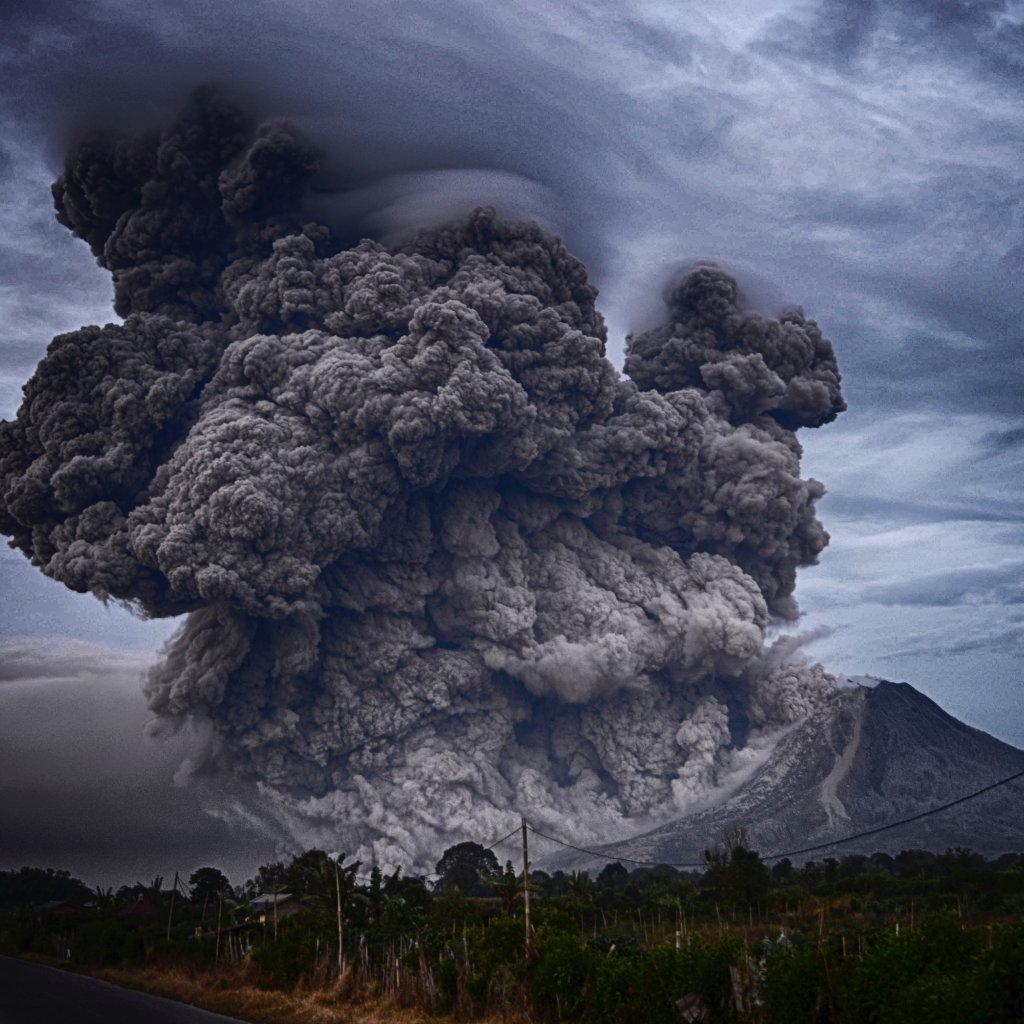
Why is a Lahar Dangerous?
The lahar picks up debris and carries it with it, on its way down the mountain. While it’s turbulent and unstable, a Lahar is still very deadly to anyone in its path. A Lahar has been known to cause cars and boulders to be swept along with it and has ripped many buildings straight off of their foundations. It can also bury structures that are man-made, like bridges, so it can certainly bury a fragile human, their family, and their pets as well. The only good thing is that people sometimes get around forty minutes to three hours notice that the Lahar is coming, often giving them time to evacuate, but not always. At least this, does help to save lives, though houses have been buried and property destroyed often.
While we have come a long way with technology and now there are Lahar warning systems to alert people to the coming of a Lahar, we still can’t do it all, because no one can predict when a volcano will erupt, or when a Lahar will form. That is why it’s extremely important to know how to prepare for this eventuality if you live where Lahars can happen. With that being said, let’s move into the portion of our blog that talks about what to do in the event of a Lahar in your area.
Tips for Preparing for a Lahar
There are, of course, Lahar warning systems that try to give people advance warnings when a Lahar is coming, however, there is more that you should do to ensure you and your family are safe until the Lahar passes. Those things are listed below.
Have a Ground Assessment Done of Your Property
The first thing the experts recommend is having a ground assessment done of your property to see if your property is in an area where a Lahar event might be apt to happen. Once you have that ground assessment, if your property is in a prime area for a Lahar, build an emergency kit full of items that can help you if an event does happen.
Talk to Family and Friends
Since a Lahar can happen at any time, it’s important to talk to family and friends that don’t live in the Lahar zone, to see if you can stay with them if you have to evacuate and continue to stay with them if your property is destroyed and you have to wait to rebuild. This will help you to prepare and give you a little peace of mind in knowing that you have a plan should the worst happen, and a place for your family to go as well.
Listen to the Local News
If a Lahar has been forecast for your area, it is important for you to listen to your local news station to find out any information on the Lahars location. They will let you know when and if you need to evacuate, so hopefully you can get your family out in time. If you are outside, get to higher ground and out of the path of the Lahar, because these mudslides can move much faster than you ever could.
These are just a few of the ways that you can protect yourself in the event of a Lahar in your area. Many, many people have lost their lives due to Lahars because they had no warning, or they were asleep when the Lahar happened. It’s important to be extra-vigilant and listen to your local newscast for warnings and updates and be ready to evacuate at a moment’s notice as well.
Now, that we know what to do in the event of a Lahar, we will devote our next section to how to survive a volcanic eruption, which is directly tied to Lahars, to begin with. You can find those tips in the section below.
Tips for Surviving a Volcano
While Lahars have been responsible for over 40 percent of deaths attributed to volcanic eruptions, it’s still important to know that a lava flow and an erupting volcano are something to prepare for and run from as well. You can find some tips for surviving a volcano below.
Before Eruption Occurs
Preparing in advance is important if you want to stay safe when the actual event occurs.
- Assemble a volcano emergency kit and keep it stocked and updated monthly
- Develop an evacuation plan for your family that includes your pets
- Learn and stay informed about the volcano and your communities plans for emergencies
- Educate your family on what could happen and what they should do if the worst does happen
- Download emergency apps and numbers onto your Smartphone
Protecting your family is, of course, your top priority. Read on below for some tips on how.
- Don’t be afraid to talk about volcanoes with your family, especially the younger children. Everyone should know what to do and talking about it reduces fear in most children as well
- Keep goggles and dust masks in the house for every member of the family in case ash falls
- Make sure that your insurance covers your property in case of a volcanic eruption or Lahar
- Don’t forget to protect your animals by making them up their own pet emergency kit, just in case a volcano should erupt or a Lahar hit out of nowhere
- It is also a good idea to make a list of items that you can quickly get inside so that likely ash fall won’t destroy them
During the Eruption
Once an eruption begins, it’s important for you to be inside and hopefully on high ground. Follow the tips below to try and stay safe.
- Keep your portable radio on, so that you can get updates and warnings from your local station on what you need to do and what is going on out there
- Never go outside during a volcanic eruption
- If you are in a hazard zone and told to evacuate, do so without delay
- Make sure that you close all of your windows, doors, and dampers to ensure that ash doesn’t get into your home
- Make sure that all doors and windows have no cracks that the ash can seep through
- Put all items that are outside inside so the ash fall can’t reach them if you don’t have room, then try to cover them with tarps to protect them as much as possible
- Bring any animals you have inside of your home and any livestock you have into enclosed shelters so that they don’t end up breathing volcanic ash into their lungs
- If you get caught outdoors, try to get to higher ground and in a closed place as soon as possible
- Avoid areas that are low-lying, as winds can carry debris and ash for miles and you could get injured or worse
After the Eruption
Once the eruption is over and everyone is allowed to get out and about, you still have to be extremely careful, as Lahars and other hazards are very possible still.
- The first thing you should do is let your family and friends know that you are safe and help anyone you can who is injured or needs help, as a community is very important in these types of disasters
- Never return to your home, if you were evacuated until the authorities say you are cleared to do so
- Don’t stop listening to your local news to receive updates and warnings of other hazards such a Lahars
- Stay indoors and away from the ash if, at all possible, it can be extremely dangerous for children, the elderly, and anyone who has breathing problems such as asthma
- Keep your pets away from ash fall and hot spots that could incinerate them in an instant or cause severe burns
- Wear breathing masks, goggles, and keep as much of your skin covered as possible, not only outdoors but indoors as well
- Help those who need it with compassion and pride
A Few Facts About Volcanoes Revealed
It’s important to note that the danger area surrounding a volcano is over 20 miles, so just because you live away from the volcano doesn’t mean that you aren’t in danger if it erupts. Volcanoes also produce lightning, which is amazing to see, however, watching a volcano erupt is not only dangerous but quite foolhardy as well. The ash from a volcano can cause problems for the elderly, infants, small children, and anyone that has respiratory problems, so keep them inside, and make sure they wear their dust masks the way they are supposed to as well.
These are just a few of the things that you need to know to prepare yourself for a volcanic eruption and to survive it as well. It’s important to do your research, especially if you are new to the area, so you know what to look for and how to react if the worst were to happen.
This concludes our blog on what to do in the event of a Lahar and we even added in a few things about how to survive a volcanic eruption as well. Make sure that you prepare ahead, listen to your local authorities and stay inside, and you should be just fine.





